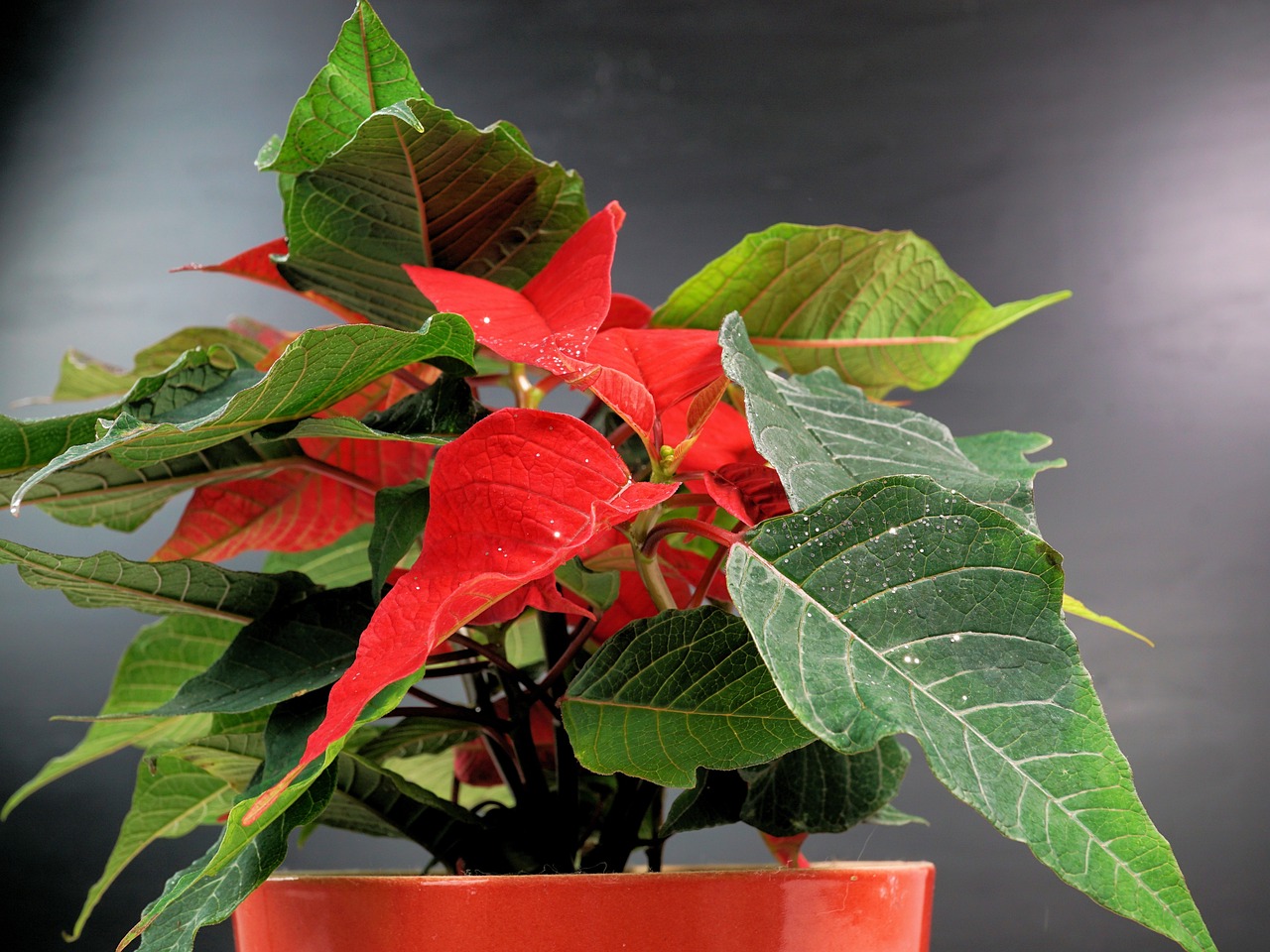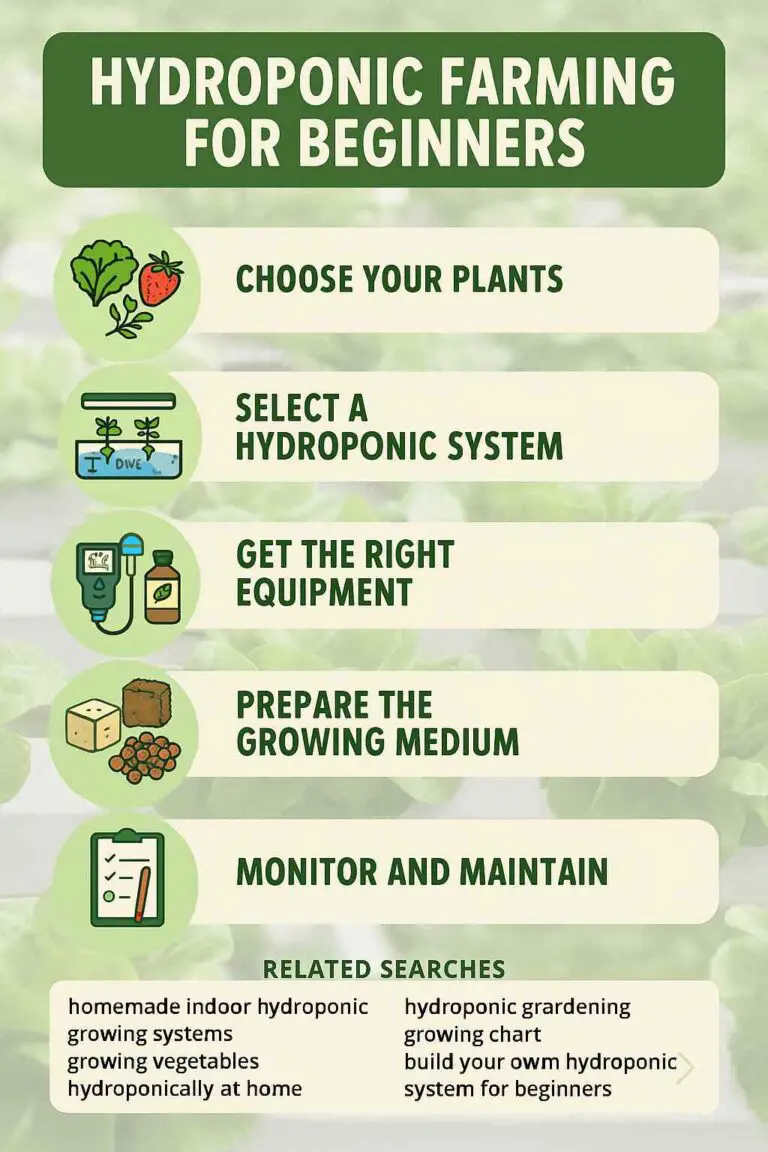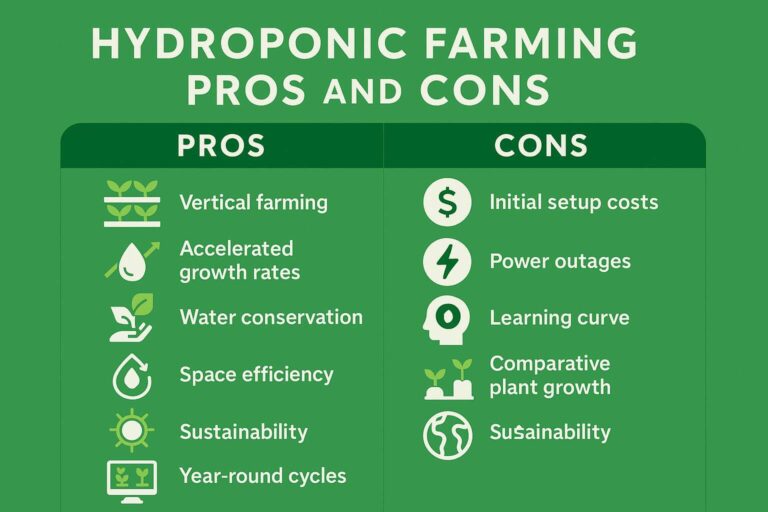Poinsettias, with their vibrant red and green foliage, are a popular choice for holiday decorations and gifts. These iconic plants are synonymous with the festive season, adorning homes, offices, and public spaces. However, once the holiday season comes to an end, many people wonder if their poinsettias can survive outside during the winter months.
In this comprehensive guide, we will explore the factors that determine whether poinsettias can thrive outdoors in the winter and offer tips for ensuring their survival.
The Origin of Poinsettias
To understand whether poinsettias can survive the winter outdoors, it’s essential to learn a bit about their natural habitat and origins. Poinsettias (Euphorbia pulcherrima) are native to Mexico, where they thrive in warm and tropical climates. In their natural habitat, poinsettias can grow into small trees, reaching heights of up to 16 feet (about 5 meters). These tropical plants are used to mild winters and can’t tolerate freezing temperatures for extended periods.
Poinsettias as Indoor Plants
When you purchase a poinsettia for the holiday season, it’s important to remember that these plants are typically grown in controlled greenhouse environments. They are bred to be compact and bushy, with vibrant bracts (modified leaves) that resemble flowers. The striking red, pink, or white bracts are what make poinsettias so appealing during the holiday season.
While poinsettias can certainly thrive indoors when properly cared for, they are not naturally suited for the harsh conditions of outdoor winter weather in most regions. Here are some key factors to consider when deciding whether to move your poinsettia outdoors during the winter:
1. Temperature Sensitivity
Poinsettias are highly sensitive to cold temperatures. They cannot tolerate frost, and even brief exposure to freezing temperatures can damage or kill the plant. In regions with cold winters, it’s crucial to protect poinsettias from cold drafts and keep them indoors.
2. Light Requirements
Poinsettias require bright, indirect sunlight to thrive. While they can tolerate some direct sunlight, too much exposure to intense sunlight can cause their bracts to fade. During the winter, when daylight hours are shorter, it’s important to ensure that poinsettias receive adequate light, either by placing them near a sunny window or supplementing their light with artificial grow lights if necessary.
3. Watering Needs
Overwatering or allowing poinsettias to sit in standing water can lead to root rot, which is a common problem with these plants. To prevent this, water your poinsettia thoroughly but allow the top inch of soil to dry out before watering again. Be sure to use a well-draining potting mix and a container with drainage holes to facilitate proper water management.
4. Humidity Levels
Poinsettias prefer higher humidity levels than what most indoor environments provide, especially during the winter when indoor heating systems can dry out the air. To increase humidity around your poinsettia, you can use a humidity tray filled with water, a room humidifier, or mist the plant’s leaves regularly.
5. Pruning and Maintenance
Proper pruning and maintenance are essential to keep poinsettias healthy and attractive. Prune the plant in late winter or early spring to encourage bushier growth. Pinch back the new growth on the stems, leaving one to two leaves on each shoot. This will help maintain the plant’s compact shape.
Can Poinsettias Survive Outdoors in the Winter?
In many parts of the United States and other countries with cold winter climates, poinsettias are considered annual plants. This means that they are typically grown as temporary decorative plants during the holiday season and discarded after their bracts fade. However, in some regions with mild winters or specific conditions, it is possible to attempt to keep poinsettias outdoors.
Regions with Mild Winters
In regions with mild winters where freezing temperatures are infrequent or brief, it may be possible to keep poinsettias outdoors. These areas include parts of Southern California, Florida, and some parts of the southwestern United States. In such locations, poinsettias may continue to grow and even produce colorful bracts throughout the winter.
To increase the chances of success when growing poinsettias outdoors in mild winter regions, follow these guidelines:
- Choose a Sheltered Location: Plant your poinsettias in a sheltered area where they can be shielded from cold winds and frost.
- Monitor Temperatures: Keep an eye on the weather forecast and cover your poinsettias with frost cloth or blankets on nights when temperatures are expected to drop below freezing.
- Protect from Direct Sunlight: While poinsettias need sunlight, they can get sunburned in intense, direct sunlight. Provide them with filtered sunlight or dappled shade during the hottest parts of the day.
- Regular Watering: Water your outdoor poinsettias as needed, ensuring the soil remains consistently moist but not waterlogged.
Container Gardening
Another option for keeping poinsettias outdoors during the winter is to grow them in containers. Container gardening offers more flexibility and allows you to move the plants to a sheltered location if needed. Follow these container gardening tips for poinsettias:
- Choose the Right Container: Use a container with good drainage to prevent waterlogged soil. Make sure the container is large enough to accommodate the root system comfortably.
- Potting Mix: Use a high-quality potting mix that provides good aeration and drainage.
- Frequent Monitoring: Keep a close eye on the moisture level of the soil in the container. Potted plants can dry out more quickly than those planted in the ground.
- Winterizing: When temperatures drop, consider moving the poinsettia container to a sheltered location, such as a garage or covered patio, to protect it from frost and freezing temperatures.
- Pruning and Maintenance: Continue to prune and care for the poinsettia as you would an indoor plant to maintain its health and shape.
Greenhouses and Cold Frames
If you have access to a greenhouse or a cold frame, you can increase the chances of overwintering poinsettias successfully. These protected environments offer consistent temperatures and protection from frost and extreme cold.
- Temperature Control: Greenhouses and cold frames allow you to control the temperature and maintain a more suitable environment for poinsettias during the winter months.
- Light: Ensure that poinsettias in a greenhouse or cold frame receive adequate light, either from natural sunlight or supplemental grow lights.
- Humidity: Monitor humidity levels and use misting systems or humidifiers to maintain the ideal humidity for poinsettias.
- Air Circulation: Proper ventilation in the greenhouse or cold frame helps prevent issues like mold and mildew.
Return Indoors in Spring
For those who choose to keep poinsettias outdoors during the winter, it’s important to plan for their return indoors in the spring. Once the danger of frost has passed and temperatures consistently remain above 50°F (10°C), it’s time to bring the poinsettia back indoors.
When transitioning your poinsettia from outdoor to indoor conditions, follow these steps:
- Gradual Acclimation: Allow the plant to acclimate gradually to the lower light levels indoors by placing it in a shaded area for a few days.
- Pruning: Before bringing the poinsettia indoors, prune it to encourage new growth and remove any damaged or leggy stems.
- Pest Inspection: Check the plant for any signs of pests, such as spider mites or aphids, and treat them if necessary.
- Indoor Placement: Find a suitable indoor location with bright, indirect sunlight, and continue to care for the poinsettia as you did during the winter.
Conclusion
While poinsettias are not naturally suited for winter outdoor conditions in most regions, it is possible to keep them outdoors in specific circumstances. In areas with mild winters, careful protection from frost, proper placement, and diligent care can help poinsettias survive and even thrive outdoors. Container gardening, greenhouses, and cold frames offer additional options for overwintering these festive plants.
However, for many gardeners, especially those in colder climates, it may be more practical to treat poinsettias as annual plants and enjoy their vibrant beauty during the holiday season. With the right care, you can keep your poinsettia healthy and vibrant indoors, ensuring that it continues to be a cherished symbol of the holiday season year after year.








